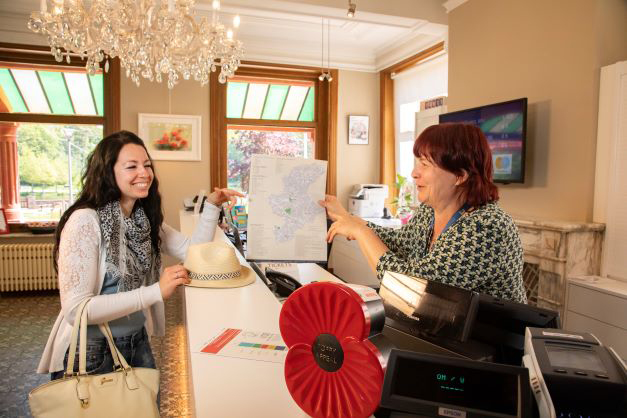The castle was occupied by the noble Keingiaert family from 1737 to 1965. Before the war, the family owned a large part of Geluveld. During the First World War, the Keingiaert family fled the violence of war.
Attacks on the castle
Geluveld was defended by the British 1st Division. On 29 October, the German 54th Reserve Division and some loose units attacked the village. Among Bavarian Infantry Regiment 16 was a certain Adolf Hitler. His commander, Julius List, was killed in the castle park on 31 October. The park was then defended by the 1st South Wales Borderers. They were the only ones holding out. General Fits Clarence then sent troops from the Polygon Forest to Geluveld. He led the 2nd Worcesters as far as the park, after which the village was taken with a counterattack.
From then on, the village and the castle remained in German hands. In autumn 1917, the whole of Geluveld was wiped off the map when British troops approached the village centre. However, they could not take it. Germans continued to hide in and around the ruins of the castle. It was only at the end of September 1918 that Geluveld was relieved.
Establishment of brickworks
Castlewoman Léonie Keingiaert returned shortly after the war and became Belgium’s first female mayor. She set up a brickworks to rebuild her service quarters, farmhouses and houses for the returning population. It was not until 1929 that the castle was rebuilt. The current building closely resembles the pre-war castle.








